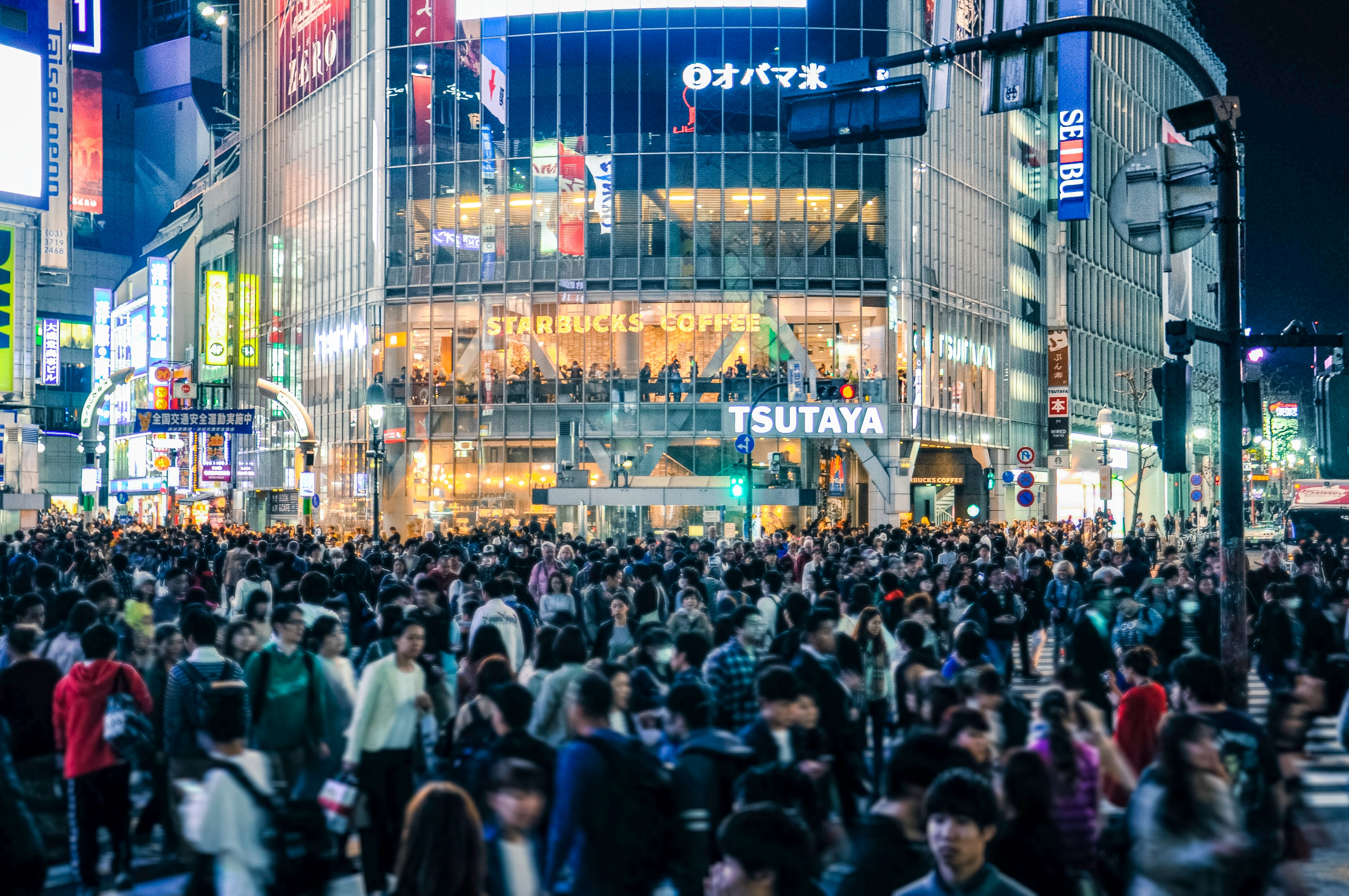The trend of Tokyo’s centralization is expected to continue for some time.
Out of Japan’s 47 prefectures, only one metropolitan area and two prefectures have seen population growth (according to the Ministry of Internal Affairs and Communications’ “Population, Population Dynamics, and Number of Households Based on the Basic Resident Register,” 2024). However, the population growth in the two prefectures is close to zero, while Tokyo alone has increased by about 70,000 people. The trend of Tokyo’s centralization remains unchanged. I have been forecasting population and household numbers for nearly 30 years, and I predict that this trend will accelerate even further in the future. But why is this happening?
The organizations that publish population forecasts for Tokyo are the National Institute of Population and Social Security Research and the Tokyo Metropolitan Government. However, none of their past forecasts have ever been accurate. Some people conveniently cite these projections to question Tokyo’s future potential, but they are merely adopting figures that fit their own narrative without properly verifying the data. This is known as “confirmation bias.” It’s nothing more than a “fiction” based on assumptions of what they think will happen.
The majority of people relocating are in their 20s
First, an important fact to confirm is that the majority of people who relocate are in their 20s. As people enter their 30s and 40s, the likelihood of moving decreases.
There are two reasons for this.
One reason is that as people move from living alone to forming two-person households through marriage or cohabitation, and eventually to three- or four-person households with the birth of children, it becomes more difficult to reach a consensus on moving.
The other reason is the transition from renting to homeownership. Once people purchase a home, the frequency of moving significantly decreases.
The main reason for Tokyo’s population growth is the large net inflow of people. Among those moving to Tokyo in their 20s, the most prominent age group is 23. This is primarily due to university graduates moving to Tokyo for their first job after graduation. The inflow of 23-year-olds is something that can be predicted. It is largely determined by the effective job-to-applicant ratio for new graduates, which is announced a year in advance.
There is also a correlation with the job-to-applicant ratio from two years prior. This is because companies typically decide the number of new graduates they will hire about two years in advance. Even if the economy deteriorates during those two years, the initial target is rarely significantly altered. Since this is a corporate decision, the human resources department works to secure the planned number of hires.
As a result, the inflow of people to Tokyo can be largely explained by the effective job-to-applicant ratio. During the COVID-19 pandemic, this ratio dropped significantly. With the state of emergency and calls to stay home, restaurants and hotels were nearly forced to close. Many part-time and non-regular employees working in these industries were laid off. As their incomes plummeted and they could no longer afford rent, many people returned to their family homes.
After the pandemic ended and nationwide travel support began, the number of job openings returned to pre-pandemic levels, leading to a surge of people moving back to Tokyo. This is the situation we are witnessing now.
Large growing companies are concentrated in Tokyo
In Japan, the population of working-age people is already rapidly decreasing. The number of people reaching retirement age now exceeds the number of new graduates entering the workforce. Large growing companies in Japan are concentrated in Tokyo. If the number of retirements cannot be replaced by new graduates, the company’s workforce will shrink, and white-collar workers will face an increased workload per person.
As a result, companies aiming for growth plan to hire employees beyond retirement age. Despite the declining number of 23-year-olds due to the low birthrate, the demand for recruitment is only increasing. This will intensify the competition for new graduate hires in regional areas. In other words, the probability of 23-year-olds moving to Tokyo will only increase.
There are other reasons why young people are moving to urban areas. This trend has become particularly noticeable in the past decade, with many young people in the Kanto region starting to live on their own, away from their parents’ homes. This number has been increasing. In many cases, their parents work in the city center, and they are not necessarily in a situation where they have to live alone.
Is it true that “real estate prices will drop due to population decline”?
Looking at this, it becomes clear that, despite a declining total population, young people continue to move to Tokyo. As a result, they move out of their parents’ homes, which increases the number of households. In Japan as a whole, while the total population decreased by 530,000 people over the past year, the number of households increased by 510,000. These 510,000 new households will require new housing.
When the number of newly built homes is subtracted by the number of demolished homes, if the increase in the number of households is greater, the number of vacant homes and vacant rental units will decrease. This phenomenon is happening in urban areas, where both single-family home prices and rents are rising. The increase in vacant homes is primarily happening in rural areas.
In the midst of the concentration of population in Tokyo, real estate prices are rising, and this trend is likely to continue for some time. However, there are still people who believe the opposite. They think that in a declining population like Japan’s, “real estate prices should drop” and “rents should not rise.”
Such a belief can lead to significantly higher lifetime housing costs and financial hardship. On the other hand, if one purchases a home, they will avoid paying rising rents caused by inflation in the real estate market. Assuming a lifetime income of 250 million yen, housing costs would account for about 20% of that, or approximately 50 million yen. It’s common for a home to increase in value beyond its original purchase price due to inflation in real estate.
In urban areas, a 30 million yen increase in home prices is already a reality. If lifetime rent payments amount to 50 million yen, the difference in lifetime cash flow would be 80 million yen. A home is a necessity for everyone. It’s important to recognize that understanding homeownership literacy can create an 80 million yen difference in financial outcomes.

For additional information or any questions please contact us here
Email: info@remax-apex.com

